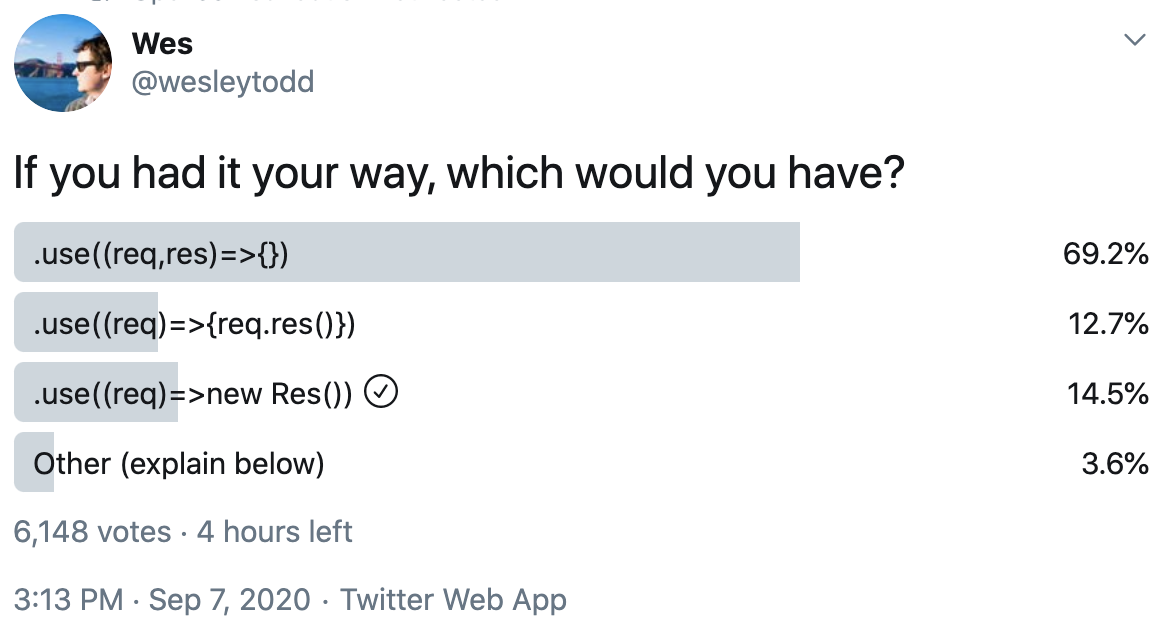From Jonathan Dietz, Jr.:
Almost all new displays employ VESA Coordinated Video Timings using Reduced Blanking Timing Version 2 (CVT-RBv2) which adds a small amount of overhead to the video signal. This overhead includes 80 additional horizontal pixels and enough additional lines to meet the 460 µs minimum vertical blanking interval requirement. You can download an Excel spreadsheet from VESA that will do all the calculations for you, but the math is pretty simple:
460 / ((1000000 / [refresh rate in Hz] - 460) / [vertical resolution])
To get an integer number of lines, you round this result down and add 1. So for Pro Display XDR resolution at 120 Hz that would work out to:
460 / (1000000 / 120 - 460) / 3384) = 197.710 = 198 additional lines
